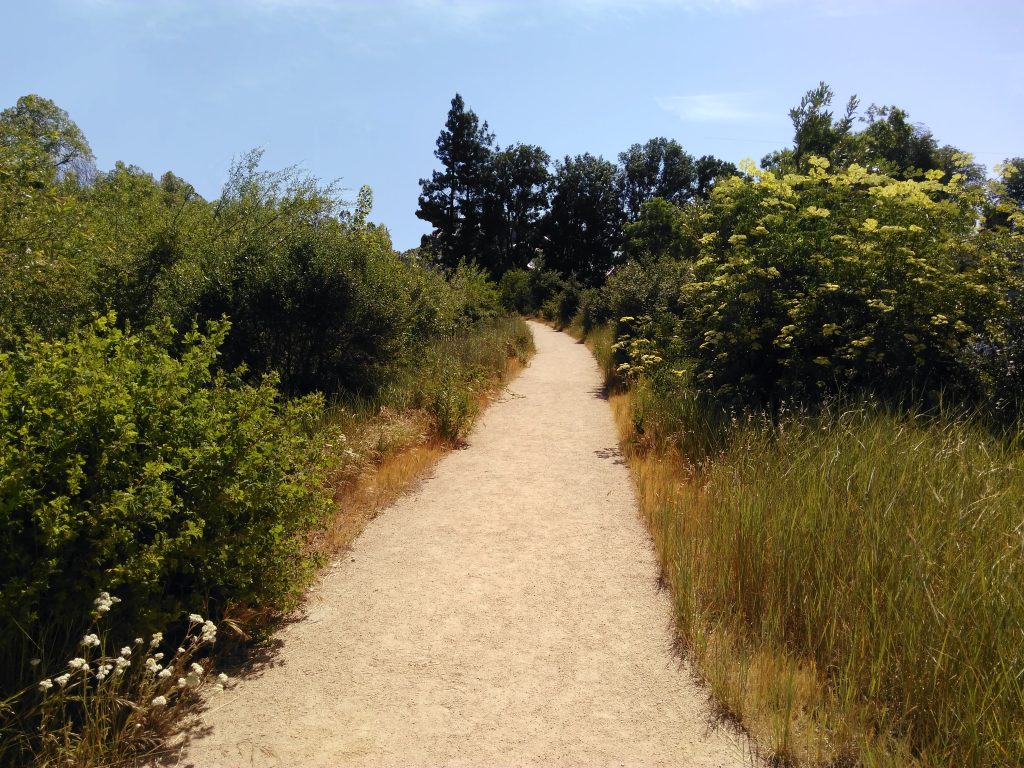Charleston Retention Basin
Mountain View, California, the United States
This site was made possible by a unique public-private partnership in which multiple stakeholder groups worked together to transform 134 surface parking spaces into a highly valuable habitat with pedestrian infrastructure: Google, City of Mountain View, LinkedIn, HCP Life Sciences. This collaboration also included input and support from local environmental NGOs, including the SCVAS Audubon Society, Loma Prieta Sierra Club, Canopy, and others. Multiple benefits from a single site that blends necessary flood infrastructure with needs for pedestrian connectivity and the creation of highly valuable habitat.
Not only does the native landscape support resident and migratory wildlife, it also benefits people by offering an immersive experience and connection to place.
Approximately 6 acres of native habitat were established. Revegetation was done with predominantly native plants with 91% of new plant species being California natives, creating a mosaic of different native habitats: oak savanna, willow complexes, freshwater marsh, and riparian forest. Roughly 1,800 new native trees were planted, including 122 new native oak trees and 2.1 acres of willow thickets. Wetland habitat is especially important, as this once-widespread ecosystem is nearly nonexistent in modern-day Silicon Valley. Native plants are critical to supporting a diverse community of wildlife; the willow groves will support migrating birds and the native plant species added to the site are known to host at least 30 locally native butterflies and moths. The retention basin supports birds throughout the year, and the scale of the habitat patch allows for a buffer for nesting birds from urban disturbances. Scientific monitoring will collect data on the new habitat’s development over the next 10 years.
Key Elements: Habitat Diversity, Matrix Quality, Patch Size, Connections

